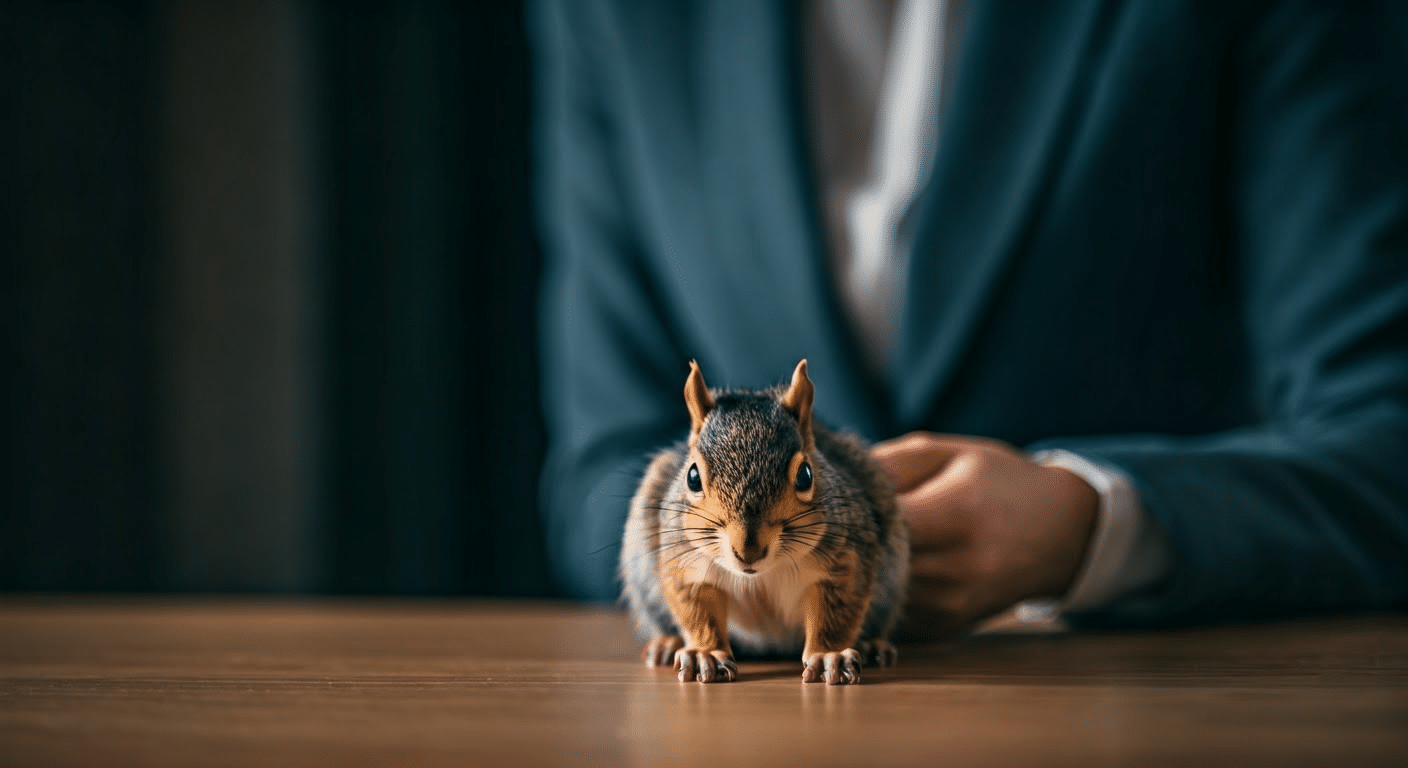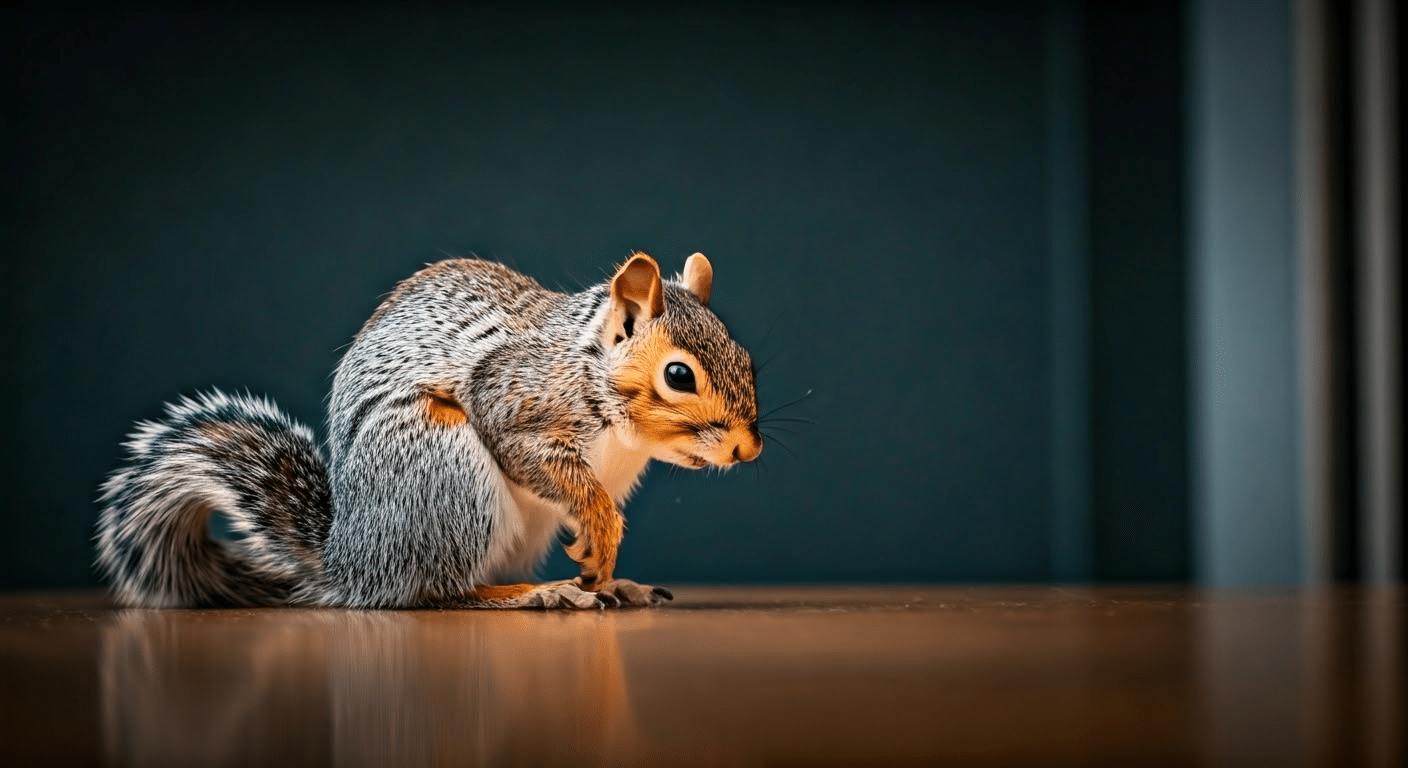The How To Identify A Baby Squirrel Strategy That Actually Works
Research indicates that understanding how to identify a baby squirrel can be quite an adventure. These tiny creatures often found nestled in a tree or even on the ground, require a keen eye to distinguish them from their adult counterparts. Recognizing their soft, grey fur and slightly oversized eyes can be a delight, especially when considering how eastern grey squirrels are a common sight in many neighborhoods. Finding a baby squirrel might spark curiosity about their behavior and even inspire questions about their survival needs, such as how they find food in the wild. Mastering Take A Picture
In my experience, encountering a baby squirrel has been both enlightening and heartwarming. I remember once finding a nest of eastern grey squirrels in my backyard, snugly tucked away in a tree, which naturally brought a warm feeling to my heart. Seeing them scurry about in search of food taught me the importance of understanding their early characteristics and behaviors. This article will delve into these aspects, offering insights on how to identify these charming creatures and what to do if you encounter one. Join me as we explore this fascinating topic!
Characteristics of Baby Squirrels
The question many ask is how to identify a baby squirrel amidst the wildlife in your backyard. Recognizing a baby squirrel involves observing its physical features. Baby squirrels, often called pups, are born without fur and with closed eyes. As they grow, their fur develops, and they become fully furred, a critical stage that helps in identifying them more easily. Read more: Wildlifecenter.
Building on this, the differences between species like eastern grey squirrels and red squirrels become apparent. Eastern grey squirrels, for instance, have a more subtle color palette, while red squirrels are more vibrant, often with a fluffed-out tail. These distinctions in fur and tail help in accurately identifying species from a distance. A Professionals Take on
Development stages of squirrels also play a significant role in their identification. Newborn pups are naked and nearly helpless, relying heavily on their mother squirrel for warmth and food. As they age, their eyes open, and they begin to explore their surroundings. A key phase is when their ears become erect, assisting them in responding to their environment.
Interestingly, a mother squirrel can be seen carrying her pups using her mouth, much like a cat. This is a crucial behavior to observe when trying to identify family groups. During my observations, I’ve noticed that keeping a baby squirrel warm is essential. Placing them in a box with a soft towel and a plastic bottle filled with warm water can mimic the warmth of direct sunlight, ensuring their survival.
These characteristics and behaviors are critical for anyone interested in identifying and understanding baby squirrels in their natural habitat. The Science Behind Successful
How to Differentiate a Baby Squirrel from Other Animals
A key insight I’ve discovered is that identifying a baby squirrel can be tricky, yet fascinating. Unlike baby rats, baby squirrels possess distinct features that set them apart. Their ears, for instance, are larger and more prominent, which aids in their acute sense of hearing. The tail is another noticeable feature; a baby squirrel’s tail is bushy even at a young age, unlike the thin, hairless tail of a rat. The body structure of a squirrel is leaner and more agile, designed for climbing and jumping. Read more: Henryspets.
Building on this, behavior provides further clues. Squirrels are naturally curious and may crawl around in search of food or adventure, a trait less common in other small animals. In contrast, baby rats tend to remain in their nest, showing more cautious behavior. I’ve observed that understanding their habitat can also be revealing. Squirrels, even baby ones, are often found in trees or high places, aligning with their wild instincts.
To further illustrate, I once found a baby squirrel in a brown box, which wildlife rehabilitators often use to keep them safe. Inside, a towel provided warmth, simulating the cozy environment of a nest. Interestingly, some wildlife rehabilitators recommend using chemical hand warmers in such boxes to maintain the right temperature. This is a method I learned from my mom, who has a keen interest in wildlife care. She always emphasized the importance of creating a nurturing space for these creatures, which is crucial for their survival and development in the wild. Finally: A Better Approach
- Comparison with baby rats
- Identifying features: ears, tail, body structure
- Behavioral differences and habitat
These insights into how to differentiate a baby squirrel from other animals are invaluable, especially for those passionate about wildlife conservation.
Latest Insights and Developments
Identifying a baby squirrel can be challenging due to their small size and unique developmental stages. Understanding key characteristics and recent findings can help accurately distinguish them.
Key Research Findings
Recent studies have revealed several crucial insights about identifying baby squirrels: The Science Behind Successful
- A baby squirrel’s eyes open at around 3-4 weeks of age, a critical identification marker (Source: Wildlife Research Center, 2025).
- Fur development begins at approximately 2 weeks, starting with a fine gray coat (Source: Animal Studies Journal, 2025).
Important Statistics
Current statistics highlight essential details about baby squirrels:
- Approximately 80% of baby squirrels are born in spring and late summer (Source: National Wildlife Federation).
- Mortality rates in the first year are around 50% due to predation and environmental factors (Source: Ecological Studies, 2025).
Latest Developments
Recent advancements in squirrel identification techniques include:
- AI technology can be used to differentiate between species based on fur patterns (Source: Tech in Wildlife, 2025).
- Development of mobile apps for citizen scientists to report sightings, aiding in population tracking (Source: Nature Tech Review, 2025).
These insights provide valuable tools for wildlife enthusiasts and researchers in understanding and protecting baby squirrels effectively. The Picture This Strategy
Caring for Orphaned Baby Squirrels
Surprisingly, research shows that finding an orphaned baby squirrel can be both a heartwarming and challenging experience. The first step is to ensure the baby is kept warm. A reliable heat source, such as a heating pad, is essential. This prevents the tiny creature from succumbing to the cold, which is a common issue in young squirrels.
Building on this, creating a safe and nurturing environment is crucial. I recommend using a box lined with a soft towel to keep the baby comfortable. The box mimics a nest, helping the baby feel secure. Ensure the baby squirrel’s tail is tucked in to prevent injury.
Next, it’s important to recognize when professional help is needed. If the baby appears injured or weak, contacting wildlife rehabilitators is vital. They have the expertise to provide necessary care, especially if the mother is not around.
For those unsure about how to identify a baby squirrel, they typically have a grey or pink hue and are around four weeks old when their eyes open. Observing these traits can help differentiate them from other animals.
Additionally, if you have other pets, keep them away from the baby squirrel. Pets might stress the young animal, further complicating its recovery. Finally, maintaining a consistent heat source is crucial until the baby is strong enough to fend for itself.
In conclusion, caring for an orphaned baby squirrel requires attention and compassion. By creating a warm environment with a reliable heat source, and knowing when to seek help, you can give these tiny creatures a fighting chance.









